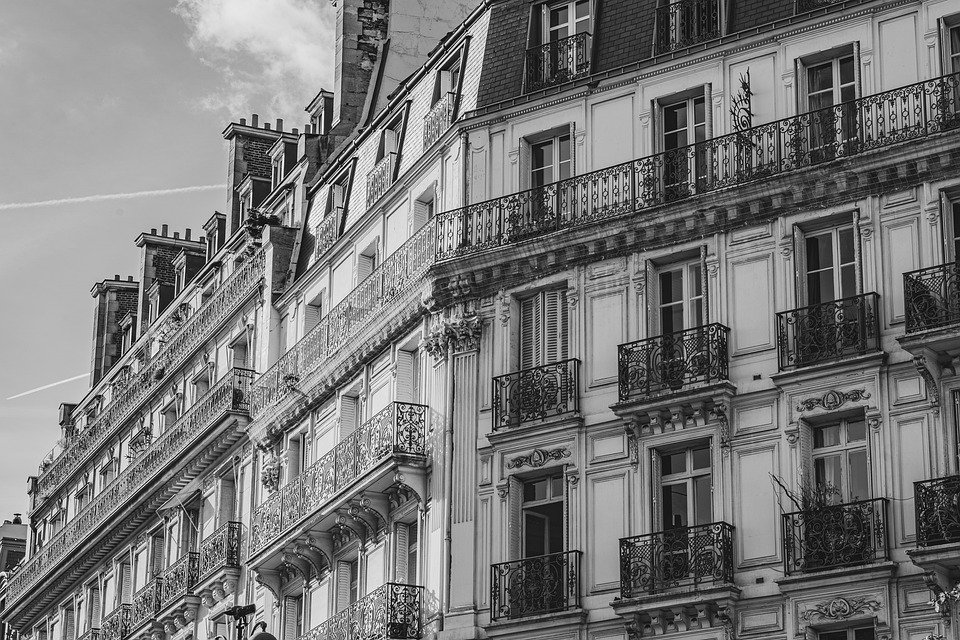Wondering when to go to Paris without running into huge crowds or bad weather? You're not alone! Deciding the best time to visit the City of Light can feel overwhelming, with so many factors to consider. From the weather to your budget, local events, and what you want to do, the ideal timing can vary for everyone. Here's a breakdown that might help you figure out when to pack your bags for a Parisian adventure.
Overview of Paris’s Climate
Before diving into the best times to visit, let's talk about the weather in Paris. Known for its temperate maritime climate, Paris experiences four distinct seasons. Winters can be chilly and damp, while summers tend to be warm, with occasional heatwaves.
- Winter (December to February): Expect average temperatures ranging from 3°C to 7°C (37°F to 45°F). Rain is common, though snow is a rare treat!
- Spring (March to May): The temperature in Paris climbs to a pleasant 11°C to 20°C (52°F to 68°F). You'll see flowers bloom and outdoor cafe tables appear, making it inviting.
- Summer (June to August): Temperatures can soar to 25°C to 30°C (77°F to 86°F) or even higher. Perfect for long days exploring but also popular with tourists.
- Fall (September to November): Expect cooler evenings, with temperatures ranging from 9°C to 18°C (48°F to 64°F). The city is often draped in beautiful autumn colors.
Yeah, there's plenty of variation throughout the year, which can affect everything from hotel prices to your itinerary.
Month-by-Month or Seasonal Breakdown
Let's break it down month by month. Each time of year has its own unique charm, events, and pros and cons.
Winter (December to February)
- Weather: Cold and mostly dry, with occasional rain.
- Events: The magical Christmas markets light up the city, and you can enjoy festive decorations everywhere.
- Pros: Fewer crowds at popular spots, and hotel prices tend to drop.
- Cons: It can be damp and chilly.
- Best for: Travelers seeking quieter experiences and fans of winter festivities.
Spring (March to May)
- Weather: Mild temperatures, generally ranging from 11°C to 20°C (52°F to 68°F).
- Events: The Paris Flower Show and Easter celebrations are exciting highlights.
- Pros: Gorgeous spring blossoms and outdoor events abound.
- Cons: Crowds begin to build up, especially in late April and May.
- Best for: Photographers and those who love flowers and light outdoor activities.
Summer (June to August)
- Weather: Warm to hot, with can get as high as 30°C (86°F).
- Events: Bastille Day on July 14 and variousMusic Festivals make summer lively.
- Pros: Long days full of activities and outdoor dining.
- Cons: Major tourist crowds lead to longer lines and higher prices.
- Best for: Beach lovers who don't mind the bustling vibe.
Fall (September to November)
- Weather: Crisp and cooler, ideal for light jackets, with temperatures from 9°C to 18°C (48°F to 64°F).
- Events: The Montmartre Wine Harvest Festival is a fun way to experience local culture.
- Pros: Beautiful fall foliage and much softer crowds compared to summer.
- Cons: Occasional rain showers can hit.
- Best for: Travelers wanting a mix of cultural events and fewer crowds.
Tips Based on Travel Style
When you think about the ideal time to visit Paris, your travel style plays a significant role. Here are some recommendations based on different preferences:
Budget Travel
The best time for budget travelers is typically from mid-January to mid-March. During these months, hotel prices drop, and you can snag deals on flights. Plus, you'll experience a quieter Paris, perfect for enjoying the city's charm without breaking the bank.
Avoiding Crowds
If crowds are your arch-nemesis, aim for late fall (October to early November) or early spring (March). Tourists are fewer, and you can wander through major attractions like the Louvre or Notre Dame with more peace. You'll also enjoy local life as the residents come out in droves.
Outdoor Activities or Cultural Events
For the best outdoor activities, late spring (May) or early fall (September) is ideal. You can stroll through gardens, enjoy open-air concerts, and savor picnics along the Seine. If cultural events call your name, consider traveling during the summer for a mix of festivals and vibrant street culture!
Romantic or Solo Trips
If you're looking for romance—or just a quieter experience alone—opt for the shoulder seasons (March to May and September to November). You'll have the opportunity to savor intimate cafes without hustle and bustle. Imagine a sunset stroll along the Seine with a glass of wine in hand!
It really depends on what kind of experience you're looking for. Some travelers love quiet January when they can leisurely enjoy museums, while others aim for the vibrant energy of summer festivals.
FAQ
Is December a good time to visit Paris?
Yes, if you love festive atmospheres, but be prepared for cold temperatures!
When is the rainy season in Paris?
Rain can fall year-round, but late fall and winter tend to be the wettest months.
What's the cheapest time to visit Paris?
Mid-January to mid-March usually sees the lowest prices for flights and accommodations.
What's the peak season in Paris?
Summer (June to August) is the peak season, so expect crowds and higher prices.
Sharing these insights can make planning your trip less daunting and more exciting! Whether you're drawn to spring blooms or autumn colors, Paris will surely charm you. Happy travels!








